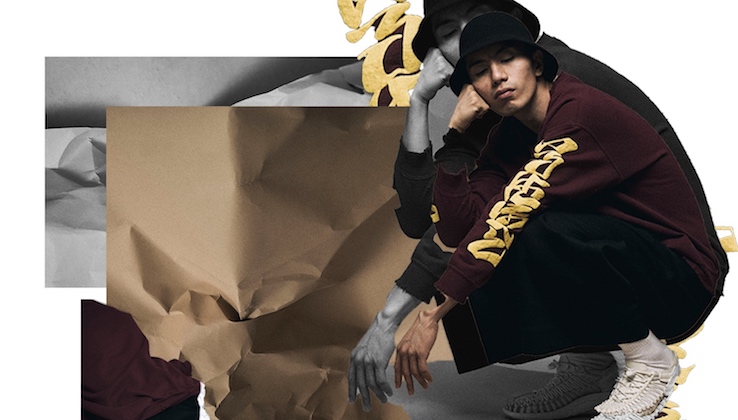Subscribe: iTunes | Stitcher | Google Play |Spotify
For heritage companies like Fila and Champion — which have product ranges covering everything from hype sneakers to activewear — success relies on being able to appeal to a diverse consumer base.
“There are a couple different business models within the world of Fila,” said Louis Colon, Fila’s vp of heritage and trend. “So you have that customer, product and retailer that talks to your dad. It’s a strong business, and every brand that’s in the top 10 of footwear and apparel has it, and that duality. Look at Ralph Lauren. They live in the world of the older customer who’s looking for a brand where they can get value and a seasonal product, but also [the world] of the kid who wants story, depth, some hype and a trend-relevant product.”
According to Colon, Fila’s history in a variety of different categories created an opportunity to authentically stretch the brand and reach a newer, younger customer.
“We created the heritage category within the Fila world because it really spoke to and addressed a new customer,” he said. “It had a different product strategy and different marketing strategy, and it encapsulated our collaborations.”
On episode 4 of Glossy Trend Watch: Streetwear Edition, fashion reporter Danny Parisi sits down with Colon to discuss the role of a heritage brand, the categories a brand should enter to feel authentic, and the way a brand built for tennis courts became an essential player in streetwear. Edited highlights below.
Ad position: web_incontent_pos1
From the clubhouse to the streets
“There was a point where Fila was only found in tennis clubs. So you think about velour suits and the original tennis shoe — there was a reason why youth during the late ’80s and ’90s wanted Fila. It was because it was an aspirational brand with beautiful Italian cuts and fabrics. So the streets actually embraced it, and it became the Off-White of that time. It lived in a different retail that was more premium, the products were more premium and the price was at a different level. After that, it became a little bit more democratized and was open to more retailers, and then you saw this explosion of Fila, where the hip-hop and urban community actually adopted the brand.”
Using history to make new products more authentic
“You see too many brands — some of my favorite brands — that are just out of tune right now, because they’re playing in spaces where they don’t organically fit in. It doesn’t feel natural. I think a strength of ours is that we do have such a variety in sports and fashion. We could play to ’90s culture, a trend we’re seeing right now, but we’re just not a ’90s hip-hop brand. If you look at the Fila Disruptor, it’s very much a ’90s rave shoe, so we’re playing in that world. It’s that “Clueless”-meets-basketball-meets-hip-hop-culture — it’s all meshed together to build one story. A lot of people’s purview is that ‘hip-hop kids only did this, skate kids did that, rave kids did this.’ But there was such a mix of cross-influence, and that’s the space that we uniquely fit in. That’s very authentic to the brand.”




